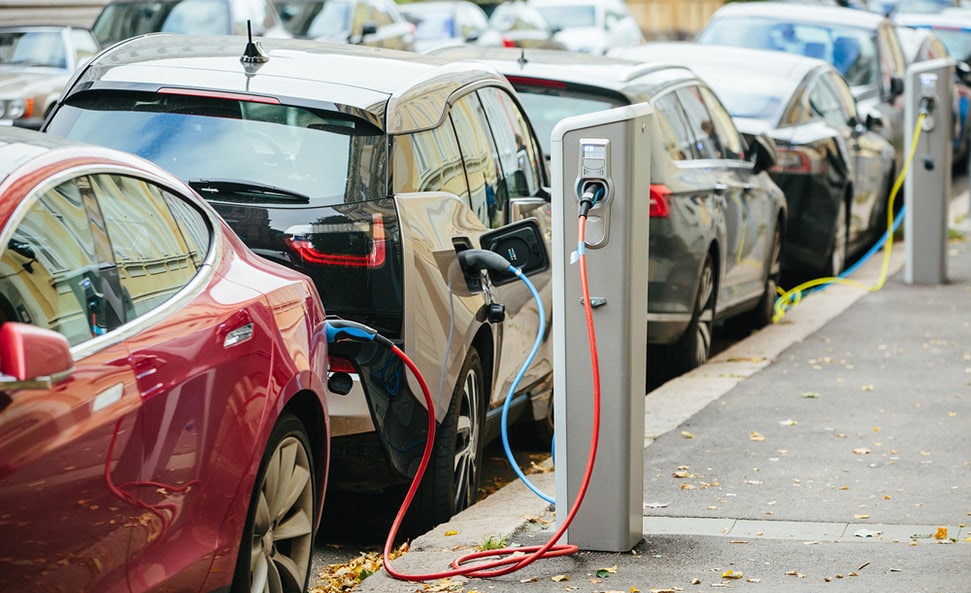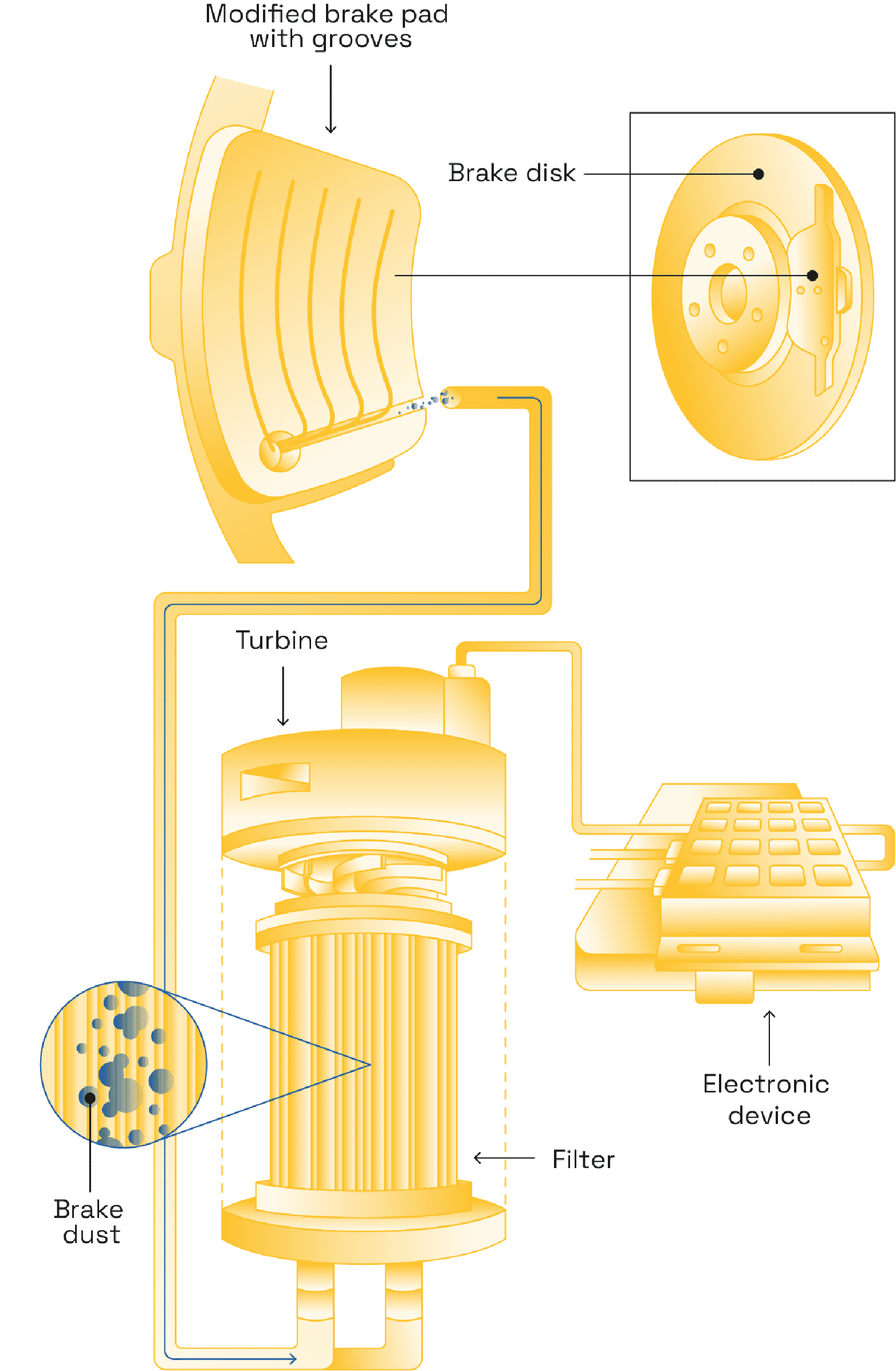What types of pollution does an electric vehicle produce?


An energy-intensive manufacturing process
Electric vehicles require twice as much energy to produce as petrol or diesel cars; because battery production needs large amounts of fossil fuels and metals, lithium especially, but also aluminium, copper and cobalt. As a result, building an electric vehicle generates significant mining and subsoil pollution as well as high greenhouse gas (CO2) emissions. To minimise the environmental impact of this process, it is therefore essential to ensure that their batteries are used for as long as possible, and that they are recycled.
This ecological balance depends on what is used to produce the electricity
Electric vehicles are not carbon neutral. However, when they are used in France, an electric vehicle emits three to four times less CO2 over its entire life cycle than a petrol or diesel car. The results don’t look quite so positive for the few countries with carbon-intensive electricity production systems, such as China, India, Germany and Poland. What type of pollution does an electric vehicle produce? CO2 emissions along the same lines as petrol and diesel cars. Things could actually be worse, according to a report by WWF Germany. Electric cars powered by energy from coal-fired power plants are even said to produce more CO2 than the fuel pumped into petrol and diesel cars. It is therefore essential to consider the energy source of the electricity used to recharge an electric vehicle in order to properly assess its environmental impact.
Fine friction particles
Another way an electric vehicle produces pollution is via fine particles from brake and tyre wear. According to the OECD, next-generation electric vehicles only reduce PM10 by 4-7% and increase PM2.5 by 3-8% compared to conventional vehicles. Why? The batteries in electric vehicles are heavy, which means that manufacturers have to use wider tyres and friction brakes as well as a regenerative braking system. Friction brakes are therefore essential for braking during the last kilometre, so fine particle pollution in cities looks like it’s here to stay. Yet it increases the risk of heart failure or infarction, asthma, bronchiolitis, lung cancer, neurodegenerative diseases, and stroke. To be fair, electric vehicles do not produce fine particle pollution as exhaust fumes. And that is an important advantage compared to petrol and diesel vehicles.
But there is much room for improvement to reduce the CO2 and fine particles emitted from electric vehicles, as their use is set to become widespread, particularly in the European Union where new petrol and diesel cars will be banned from sale from 2035.






